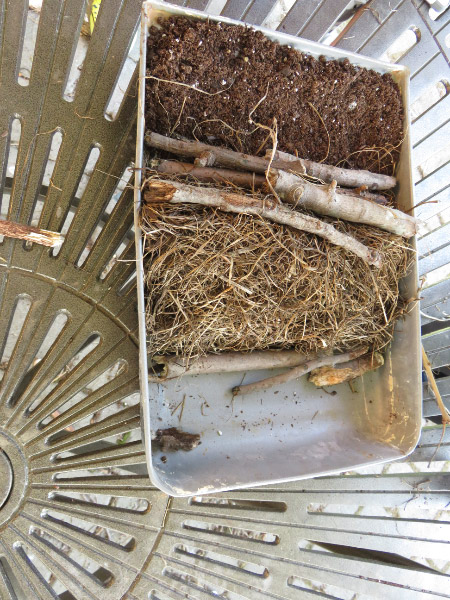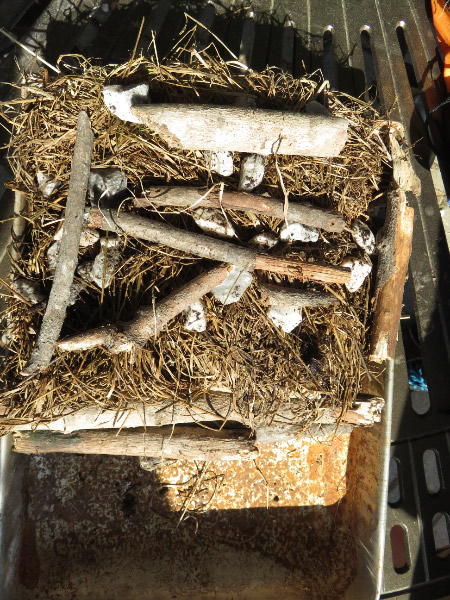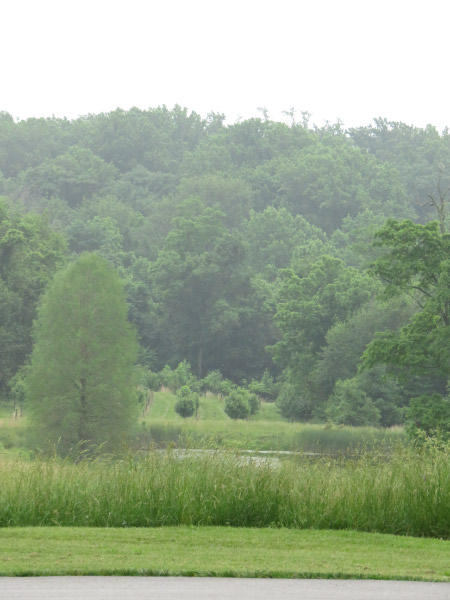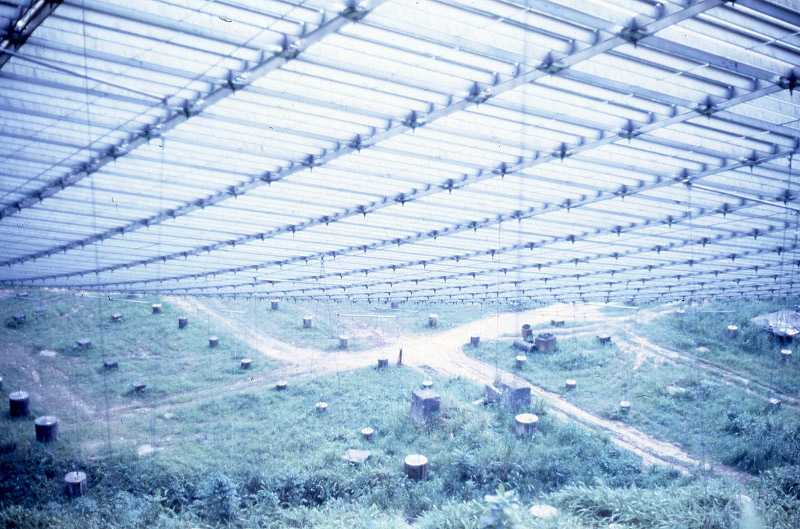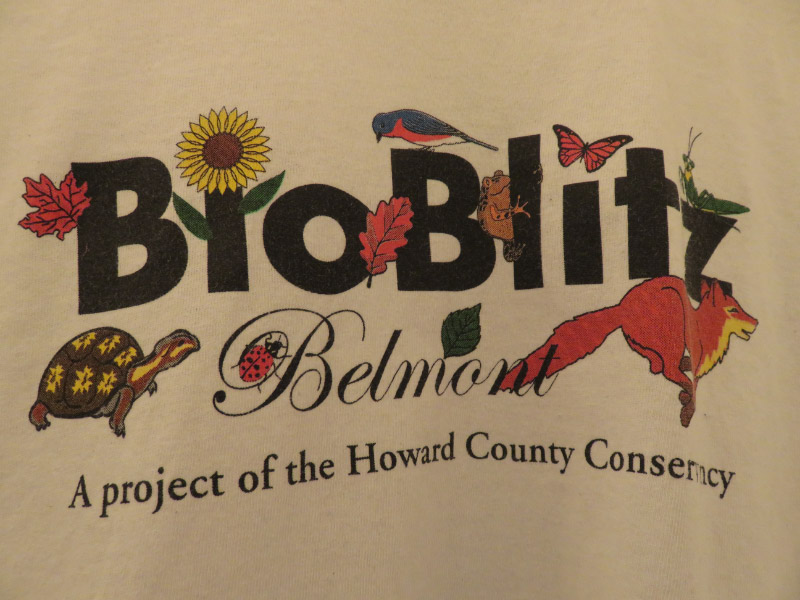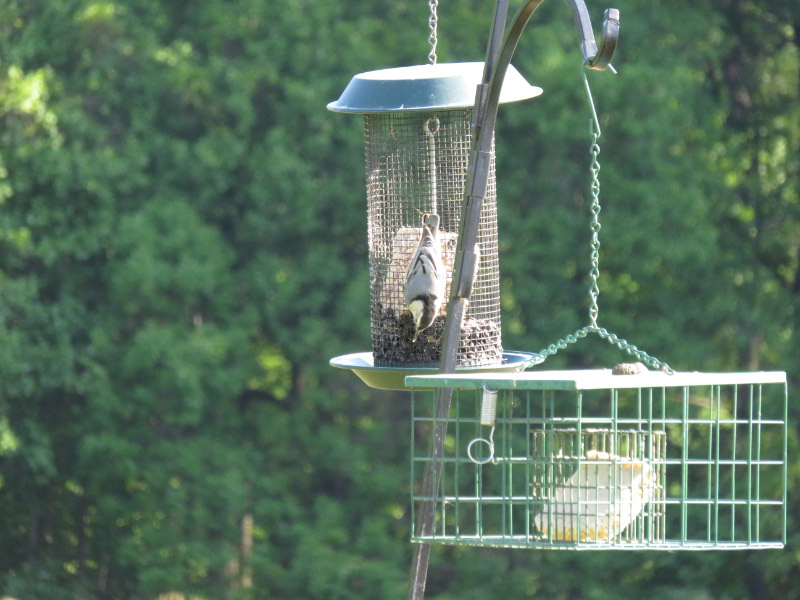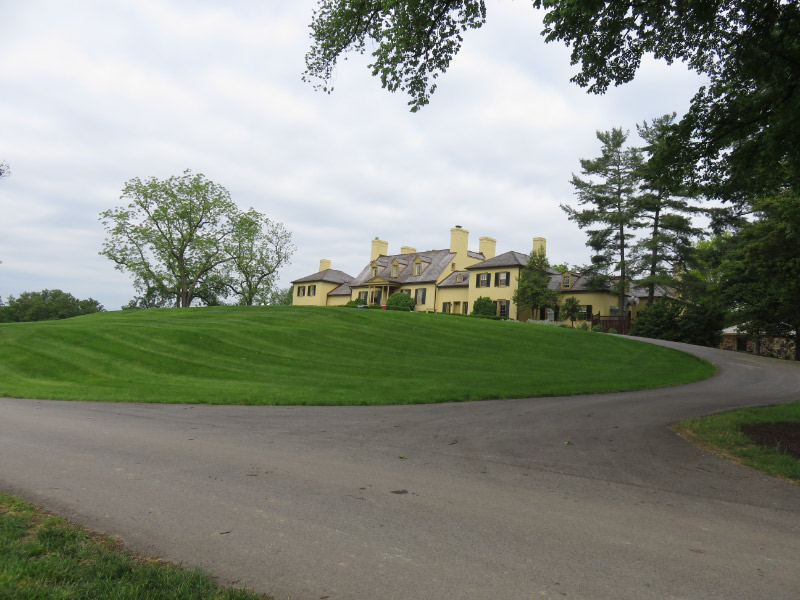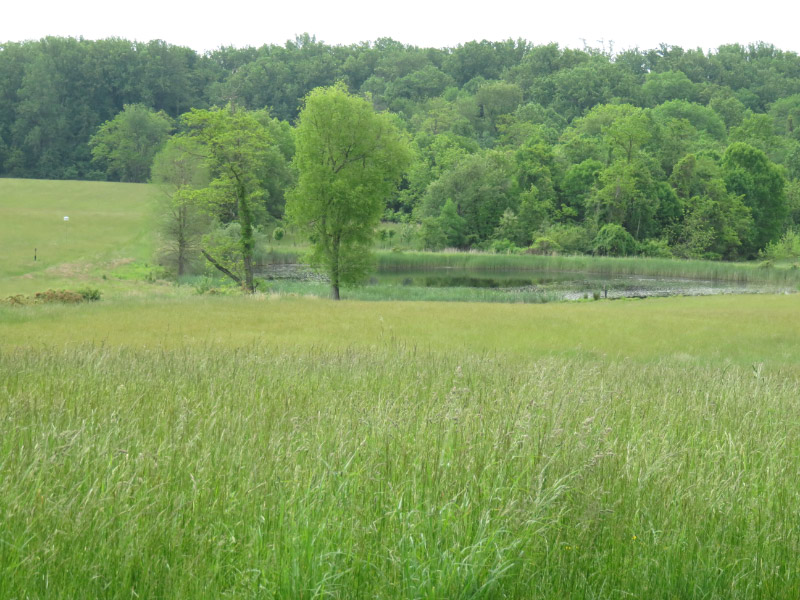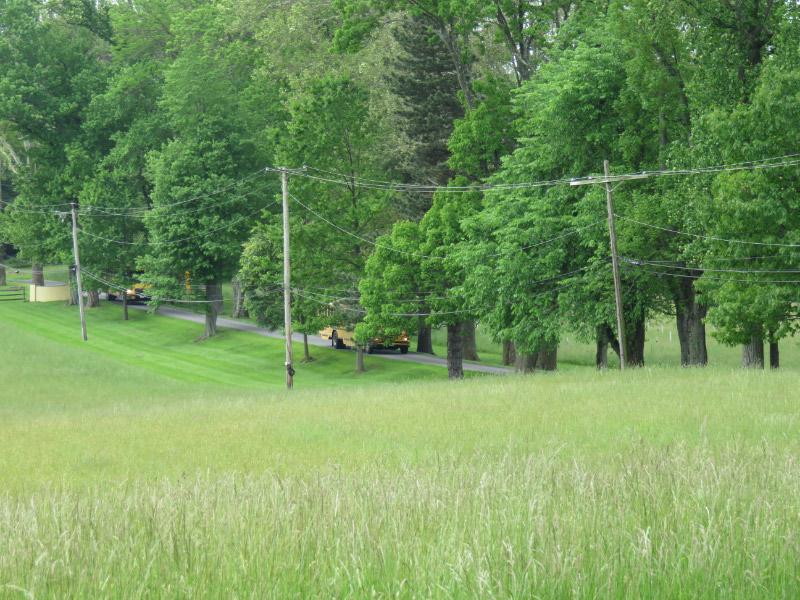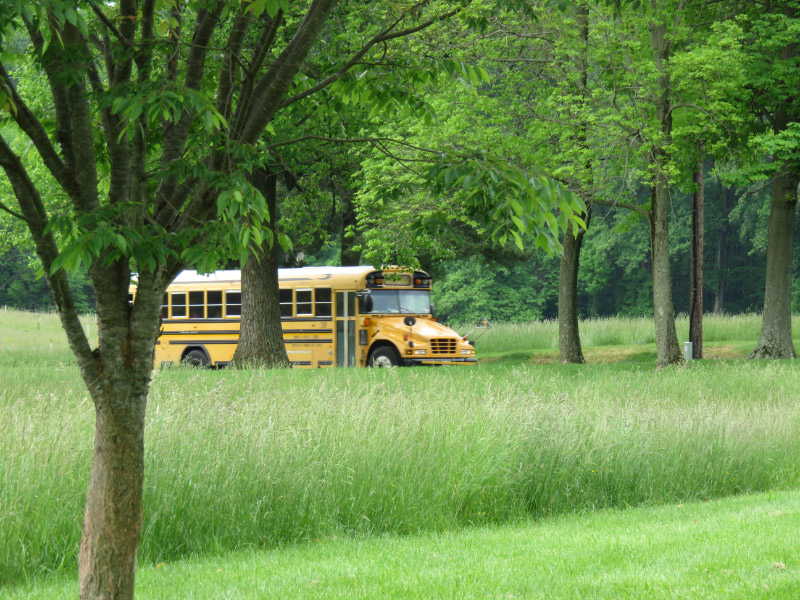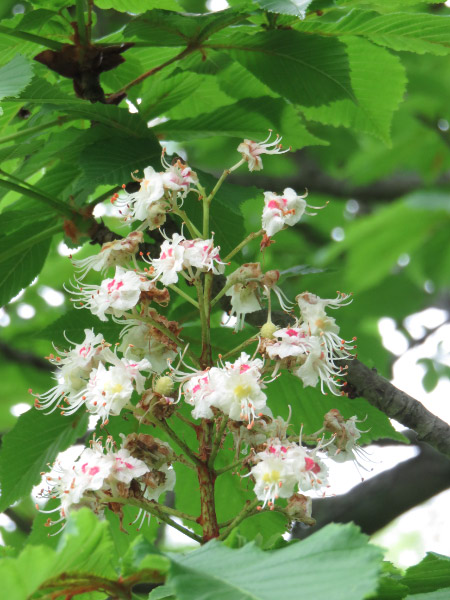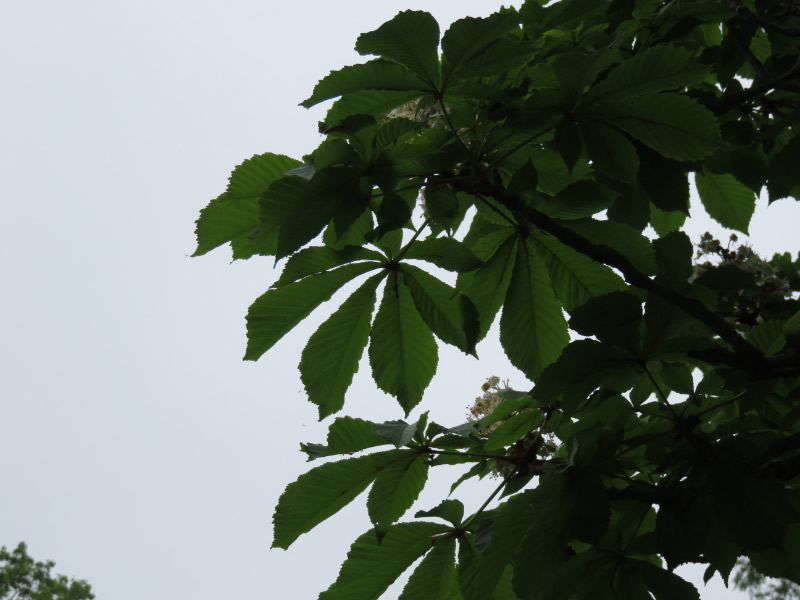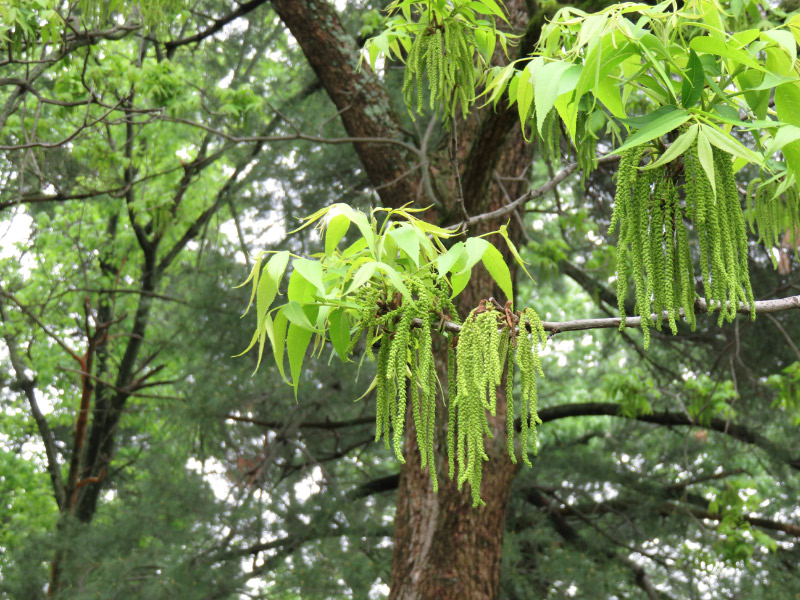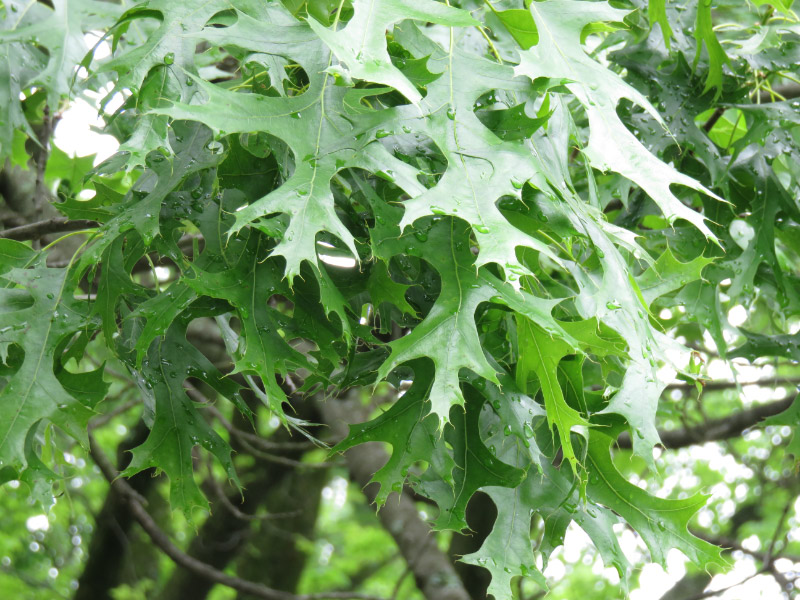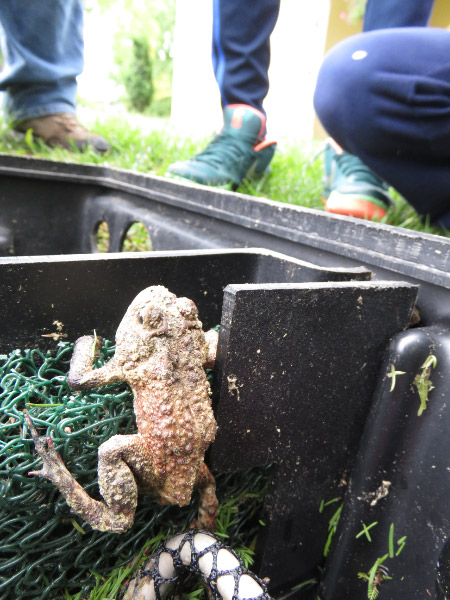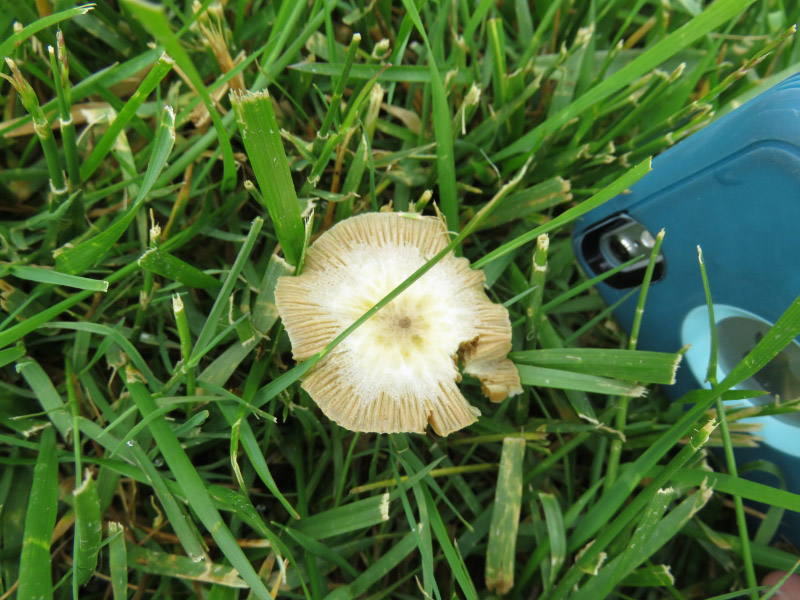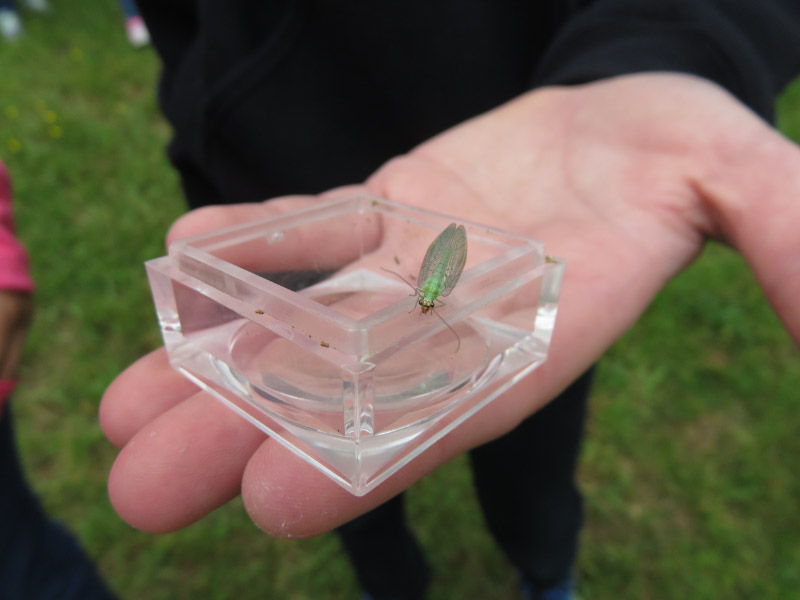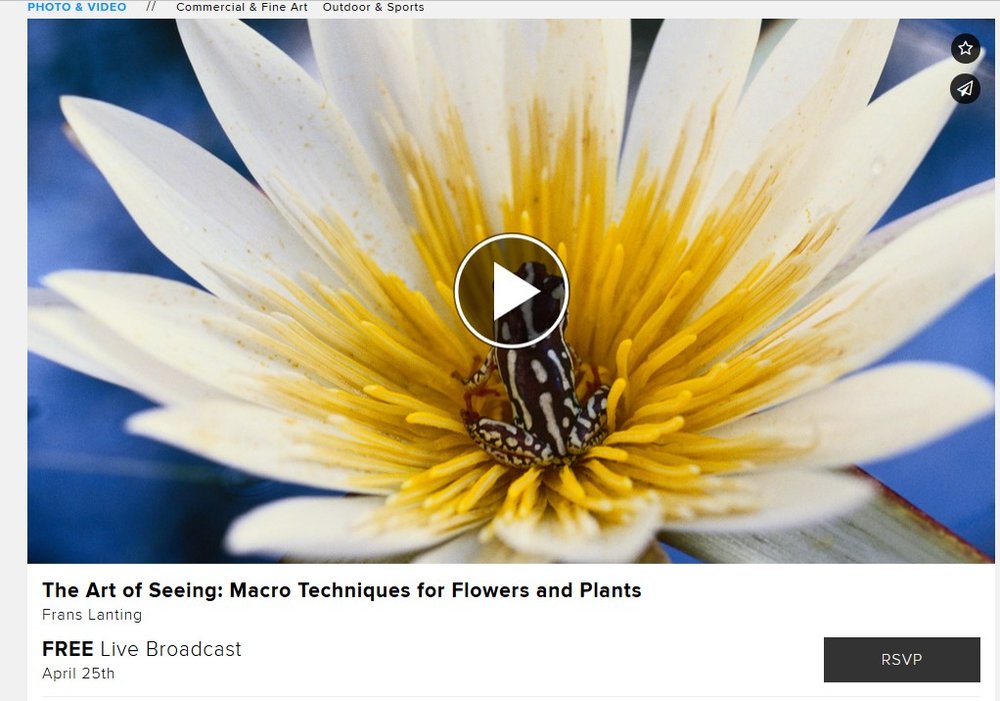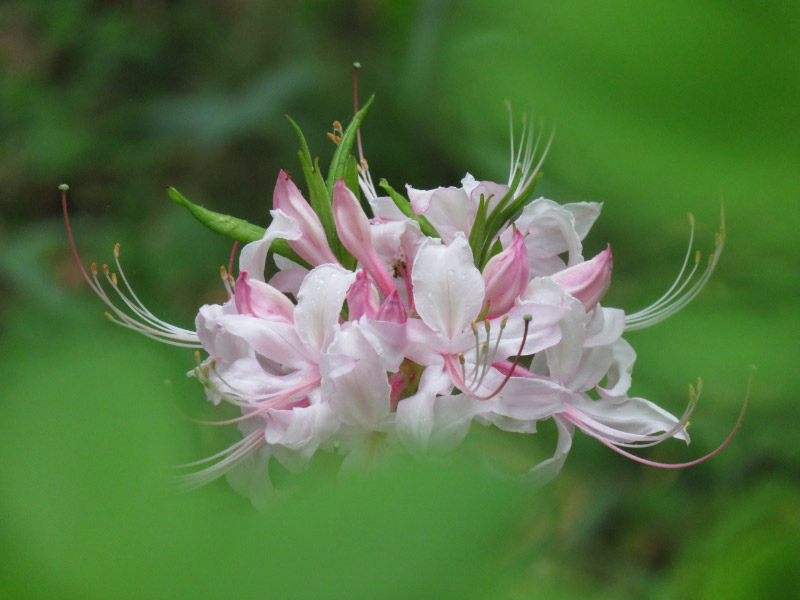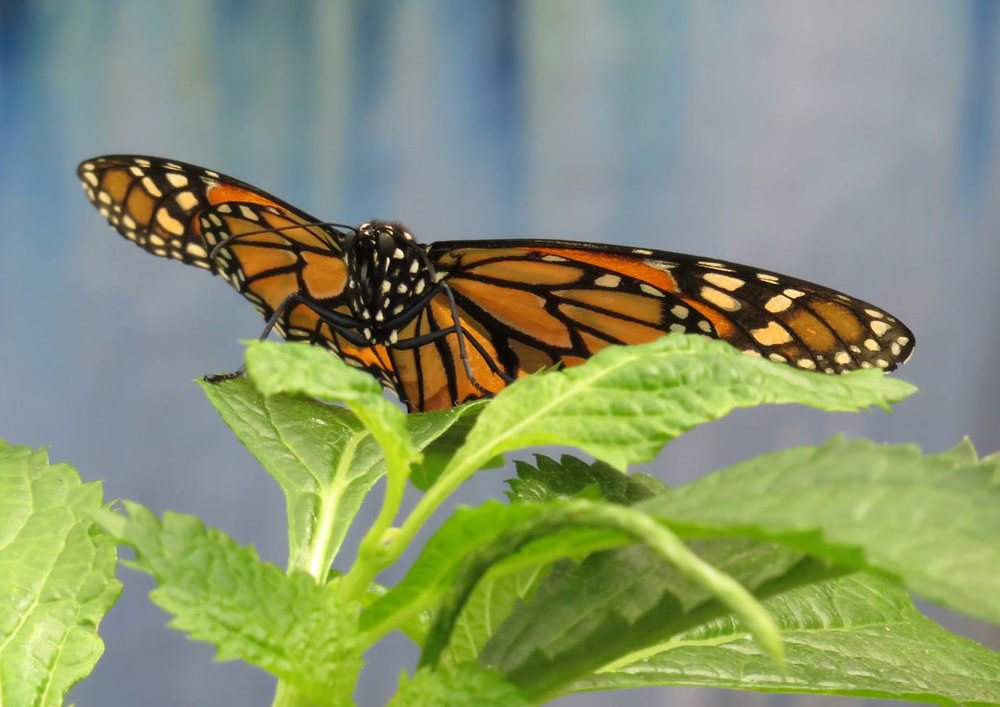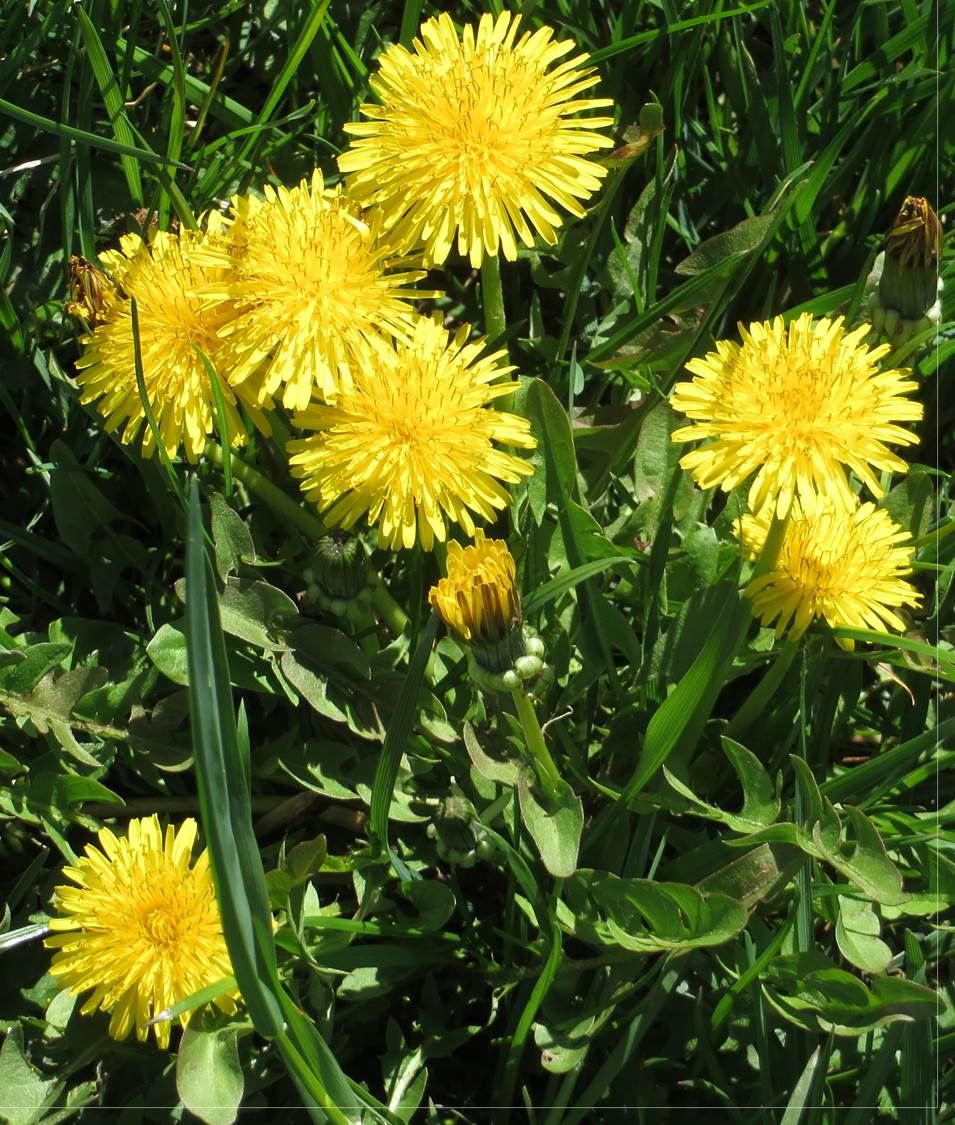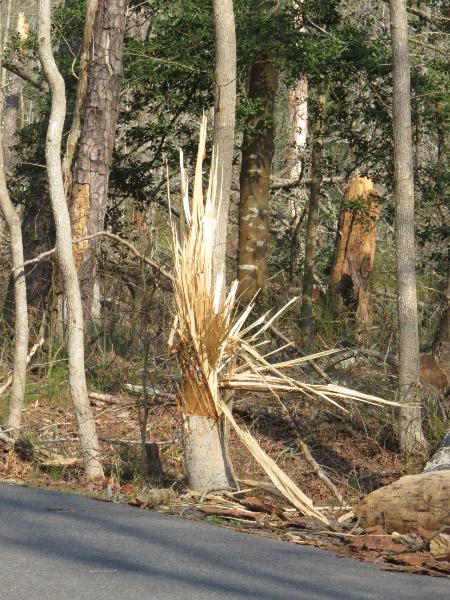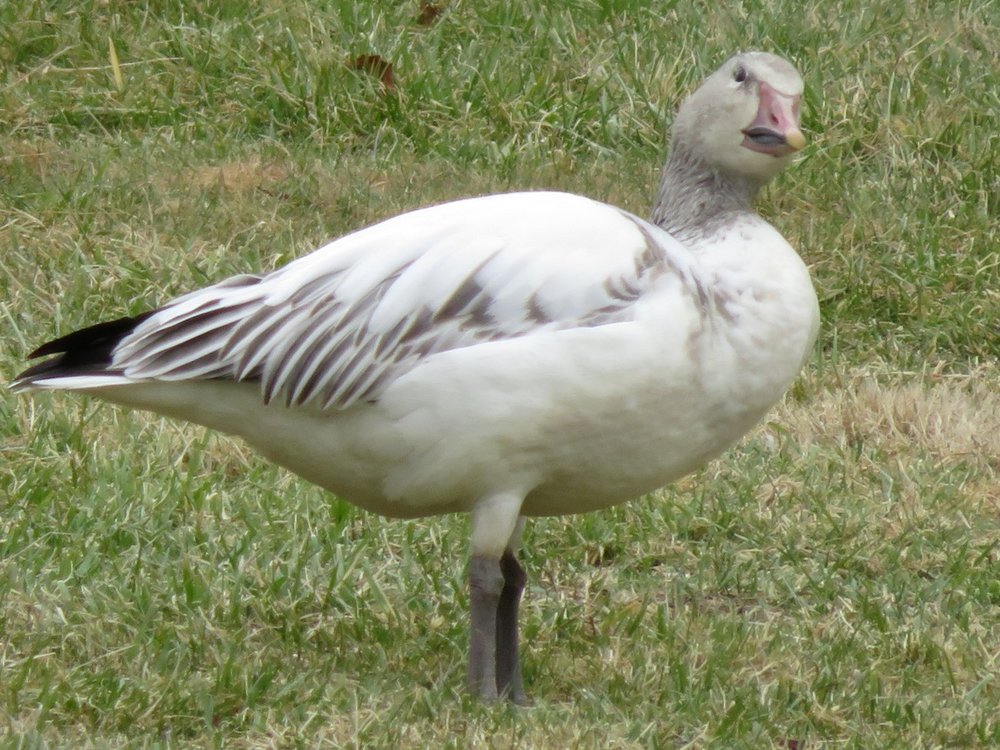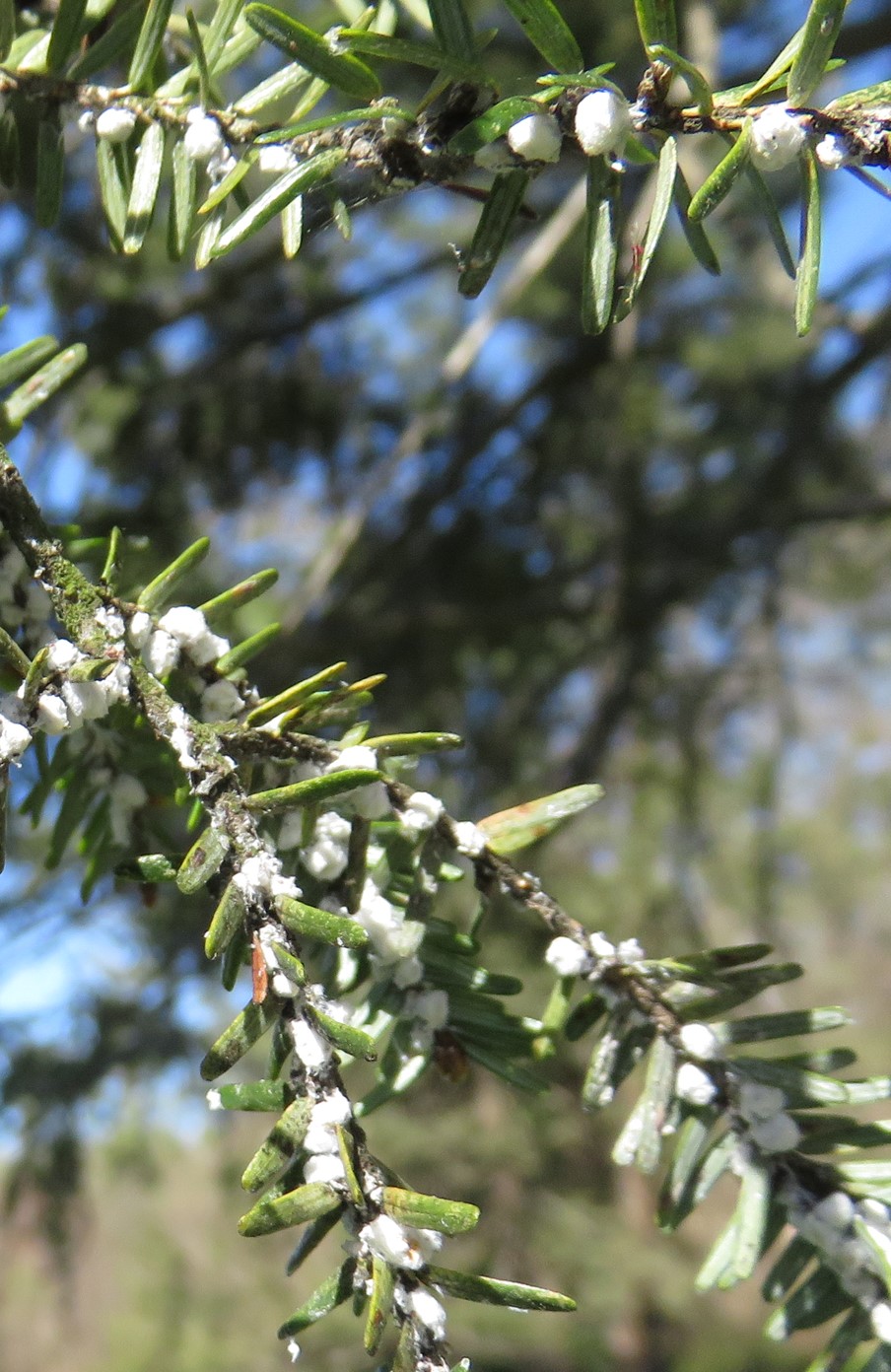Gleanings of the Week Ending June 18, 2016
/The items below were ‘the cream’ of the articles and websites I found this past week. Click on the light green text to look at the article.
How dirty is your air? – Based on this article – I am trying to get in the habit of turning on the vent fan when I am cooking….and opening some windows when the outdoors temperature is pleasant.
Serious Putty – A clay with antimicrobial properties…even against resistant strains! More research is needed – but it is exciting that this could be a totally different mechanism for fighting infection that the current antibiotics on the market.
Snow in Vietnam and Other New Climate Patterns Threaten Farmers – This is from the Business Report section of the MIT Technology Review. The article focuses on farmers in Vietnam in an area that got snow for the first time in their life time (and historically) last winter and how weather patterns are impacting their finally honed rhythm for crops. It would be interesting to hear stories from farmers around the world. Climate is changing globally – but not always in the same way.
Sunflower Spirals: Complexity Beyond the Fibonacci Sequence – The results of a crowd sourced look at sunflower spirals: 1 in 5 did not conform to the Fibonacci Sequence. Some of those non-conformers approximated it and others approximated more complex mathematical patterns! Either way – I like the look of sunflower spirals.
Genome Digest – Recent findings of genomic research on giraffes – carrots – zebrafish and gar – herring – Atlantic salmon. A lot has changed since I got my biology degree in the 1980s.
Seeing the Inevitable, companies begin to adapt to climate change – Most companies are aware that climate change is likely to affect their future but are not planning for it with any consistency or depth. Those furthest along are those already dealing with climate change on a daily basis: agriculture and insurance. Ikea and Ford are two companies used as examples in the article.
Tranquil Impressionist-Style Paintings Showcase Beauty of Natural Parks Around America – Eye candy for the week!
Life in the Dark – Photographs of sea and cave creatures that live their whole lives in the dark.
C40’s Executive Director Mark Watts on how mayors are changing the way we think about food – Area of focus are food: procurement, production, distribution, and waste.
Frog, Turtle Species Being Reintroduced to Yosemite Valley – The California red-legged frog (the largest native frog in the western US) and the western pond turtle are being reintroduced to lake, river and meadow habitats.

